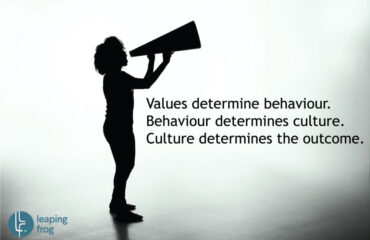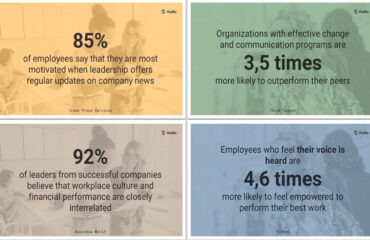
Symbols, rituals, and traditions are pivotal in shaping and reinforcing organisational culture. They serve as tangible expressions of an organisation’s values and beliefs. These elements become deeply ingrained in the organisational fabric through consistent use and reinforcement, guiding behaviours and shaping the culture.
Symbols as Cultural Anchors
Organisational symbols can take many forms, such as logos, uniforms, office layouts, and language. These symbols are powerful because they encapsulate and communicate complex values and messages in a simple, easily recognisable form. For instance, the open office design commonly found in tech companies symbolises transparency, collaboration, and a flat organisational structure.
According to Dr Edgar Schein, symbols are one of the most observable artefacts of an organisation’s culture. They serve as cues that help employees understand expected and rewarded behaviours. Symbols are not just decorative; they actively shape how employees perceive their organisation and their roles within it.
Rituals as Reinforcers of Values
Rituals and traditions in the workplace, such as regular meetings, award ceremonies, and social events, play a crucial role in reinforcing organisational values. These activities create regular opportunities for employees to engage meaningfully with the company’s core principles. For example, Zappos holds elaborate onboarding rituals, where new employees participate in a four-week training program that immerses them in Zappos’ values, ensuring that the culture is transmitted effectively from the start.
“Rituals help in creating a sense of continuity, purpose, and community.” Peter Drucker
Symbols and rituals often work in tandem to reinforce each other and create a coherent cultural narrative. For instance, at Apple, the company’s sleek and minimalist design philosophy is reflected in its products, rituals, and daily practices. Employees partake in regular product launch events and brainstorming sessions that emphasise innovation and excellence, echoing the symbolic values embedded in Apple’s design ethos.
A study published in the Journal of Business Research (“Work Group Rituals Enhance the Meaning of Work” Juliana Schroeder and Jennifer Paul, 2021) shows how workplace rituals can significantly improve job satisfaction and employee performance by fostering a sense of meaning and connection among team members. Additionally, organisations that effectively use symbols and rituals to communicate and reinforce their values better align employee behaviour with organisational goals, leading to improved performance and cohesion.
“Rituals go beyond their practical purpose, moving participants beyond transaction and into meaning”. (HBR, Erica Keswin, August 2022)




